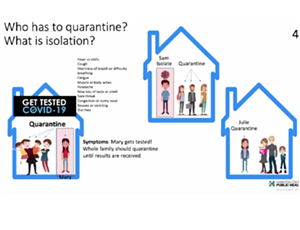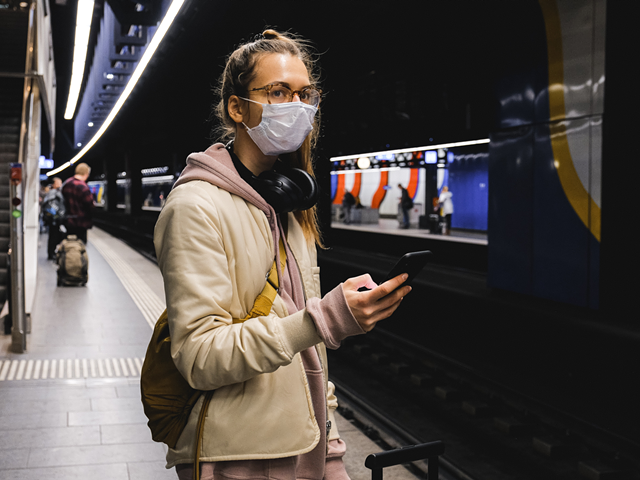During a press briefing about the possibility of the county leveling up to purple — the highest warning level — on the state's Public Health Advisory System map on Thursday, Hamilton County Public Health Commissioner Greg Kesterman said, "The truth is, it doesn't change anything. We have so much spread right now, we have to work together."
So what does working together mean besides masking up, socially distancing, practicing good hygiene, avoiding gatherings and taking all the other safety steps recommended by the CDC?
Part of it means responsibly isolating or quarantining if you have or have been exposed to COVID-19.
Per the CDC, "Quarantine is used to keep someone who might have been exposed to COVID-19 away from others. Quarantine helps prevent spread of disease that can occur before a person knows they are sick or if they are infected with the virus without feeling symptoms. People in quarantine should stay home, separate themselves from others, monitor their health, and follow directions from their state or local health department."
And isolation means, "People who are in isolation should stay home until it’s safe for them to be around others. In the home, anyone sick or infected should separate themselves from others by staying in a specific “sick room” or area and using a separate bathroom (if available)."
Kesterman went through some helpful graphics to explain the difference between both terms using drawings of imaginary cartoon humans Sam, Julie and Mary.
First off, if you have any COVID symptoms, stay sick at home and get a test to confirm whether or not you actually have the coronavirus.
Looking at these graphics, we see that Sam has tested positive for COVID — and he's been with Mary and Julie less than 6 feet apart for more than 15 minutes within 24 hours of his symptom onset and/or positive test.
So, Sam needs to go home and isolate because he is has COVID.
"You isolate for 10 days from the onset of symptoms or from your testing date," said Kesterman.
Sam's family or those living with him now need to quarantine, meaning they need to stay home for 14 days.
"It's recommended, when possible, they also social distance from Sam so that their quarantine time is not extended," said Kesterman.
Since Mary and Julie were close to Sam — within 6 feet for more than 15 minutes — they'll also need to go home and quarantine for 14 days.
But their families will not. They can continue to go out and do their normal activities.
"Additional temperature checking doesn't hurt — I would recommend that for everyone right now, especially now as we're approaching purple," said Kesterman.
If Mary becomes ill, then she should go get a COVID test and her family should quarantine.
If Mary is negative, she should continue the rest of her 14-day quarantine. If she is positive, then she'll need to isolate and her family will need to quarantine for 14 days.
The CDC also made their own helpful video:










